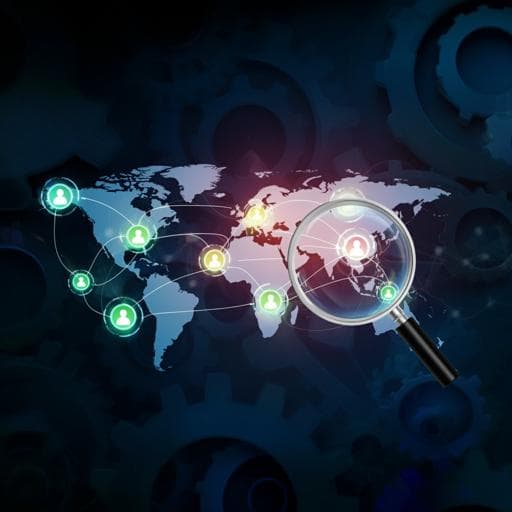
Health and Fitness
Translating Implementation Experiences and Lessons Learned From Polio Eradication Into a Global Health Course: Insights From an International Consortium
A. Kalbarczyk, S. Closser, et al.
Discover the transformative insights from the Synthesis and Translation of Research and Innovations from Polio Eradication (STRIPE) consortium, which unites eight institutions worldwide. Learn how their collaborative efforts navigated challenges such as team coordination and the COVID-19 pandemic to develop a course that translates valuable lessons from polio eradication into global health education.
~3 min • Beginner • English
Related Publications
Explore these studies to deepen your understanding of the subject.







